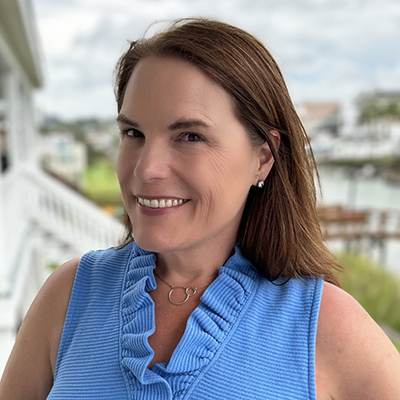The senior segment is comprised of nearly 47 million people in the United States. With the silver tsunami of baby boomers hitting retirement age daily, that number continues to grow. Today’s seniors have a healthy amount of disposable income, are well educated and better traveled than their predecessors. And they are committed to maintaining an active, healthy lifestyle well throughout their lifetime. Marketing to them shouldn’t be following the same-old, well-worn playbook. It needs to reflect this unique cohort. But the better question is which strategy should be in play. Should your marketing be emotional content that resonates on a gut level, or are you better served by delivering a fact-based pitch? Like so many things, the reality lies somewhere in the middle. Today’s seniors prefer a bit of both. Here’s how Sabal Group believes you should approach seniors with your message.
Use Digital
With 67% of today’s seniors regularly online, marketers can effectively reach them through well-established digital marketing channels. However, marketers should consider how seniors view and absorb information on the Web.
In a digital world, where a wealth of information is only a mouse-click away, the constant influx of new data and content can be overwhelming for everyone. A 2019 study published in Science Advances noted seniors were four times more likely to share false information they believed to be true on Facebook. And according to the FTC, seniors lost billions to financial scams, many of which used the Internet to target them. While numerous studies indicate financial scams target everyone, seniors have the most to lose with their great net worth. More importantly, seniors are using and adapting to the digital world in greater numbers than ever.
Just as seniors are embracing social media, they are more willing to rely on telehealth initiatives. More than half of seniors aged 65 and older were willing to use telehealth options because they viewed it as a helpful means of getting quicker access, and time and money savings. As a group, seniors are willing and able to absorb factual information via digital sources.
Establish Trust
Baby Boomers have never just followed the crowd and trusted blindly. They challenged authority, carved their own paths, and embraced the idea of investigative reporting. With the Internet offering so many sources of information, today’s seniors have adapted to a data-driven approach when it comes to their purchasing choices. Like everyone else, they use reviews, check multiple sources for information and, in general, follow the old Russian proverb to trust, but verify.
Organizations, including senior living communities, need to cater to this desire for accurate information. Building brand trust by offering informative, engaging content that helps a reader broaden their knowledge is critical. This means publishing content on a number of different platforms designed to meet different needs. By delivering a consistent and trust-worthy message, your audience will find more reasons to develop a solid relationship with your community.
One Size Fits No One
The Silent Generation (those born between the late-1920s and mid-1940s) represents the audience ready for a senior living community today. Baby boomers are reaching retirement age, but they’re not quite ready for senior living. These two groups have very different desires, needs and preferences; a single marketing approach will not work for both groups.
For the older group, traditional marketing and venues (TV and print), with direct language. They value family, so incorporating this aspect into the messaging gives them another way to connect with your brand. Boomers have embraced technology, and their use of it across all platforms and devices should be a key consideration. They’re also the first generation to ignore the stigma of divorce, so their concept of family is seldom the traditional, nuclear version familiar to the Silent Generation.
The Power of Emotions
Emotional engagement is imperative when marketing to everyone, seniors included. As much as your audiences value factual data, seniors are more likely to trust their instincts than younger generations. A 2019 Pew Research Center study found 73% of adults under the age of 30 believe people are just out for themselves. Seniors, on the other hand, were more likely to trust in people.
Perhaps it is their life experience, but your senior audience values emotional priorities. They understand the value of needing hope, engagement and relationships. Over the course of their lifetimes, they’ve been bombarded with emotion-driven advertising. They recall the hopeful message of Coca-Cola’s ad about teaching the world to sing, the daunting and forbidding world of Apple’s legendary 1984 ad and any one of Budweiser’s heart-tugging ads with the Clydesdale horses and a dog.
By providing informative and meaningful content over a range of channels and platforms, with a message that makes an emotional connection with the audience, your senior living community can successfully reach your target audience.





